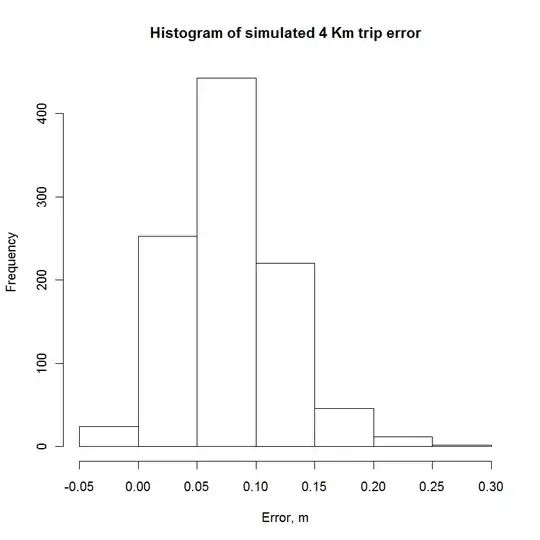“Ok - is there a way with the output of a regression to find the x,y point of the slope at any given data point, post calculating it for the entire sample?”
The output of the simple linear regression model is a point on the fitted line and that is the predicted value of y. There is not an ‘x,y point’ of the slope.
“I can increment the regression +1 point at a time to obtain a slope value for each data point for the whole sample but it becomes very computationally expensive.”
The slope is fixed for every value of a given predictor variable.
“Ok it's not possible. As the fit is best fit at that point in time. Increases accuracy with more data points. So can only use the best know fit to estimate future not back track?”
There is no time dimension in the values ‘predicted’ by the model. It explains the sample data and estimates a level of the response variable as a function of the coefficient and independent variable.
This question here received a thorough answer explaining the similarities and differences between correlation and regression:
What is the difference between linear regression on y with x and x with y?
